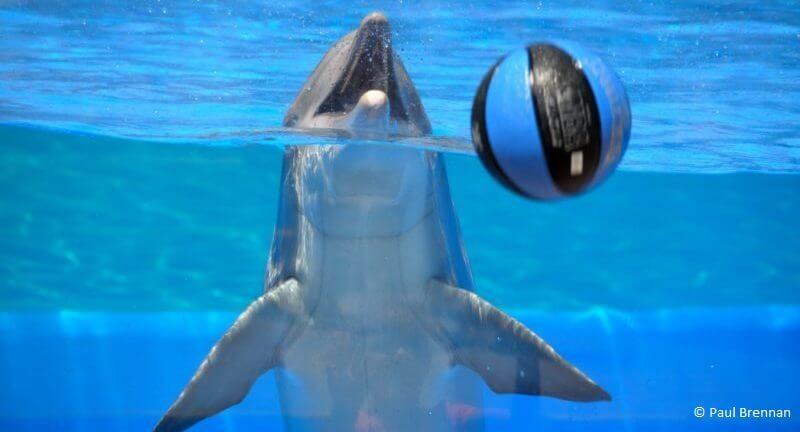What are you playing?
Not all cetaceans play the same! There are three types of play in whales: locomotive play, object play, and social play. Dolphins’ impressive leaps out of the water are the perfect example of locomotive play. Or minke whales in the St. Lawrence that frolic in the waves of boats.
Some whales prefer to play with objects. Seaweed seem to be a highly appreciated toy by right whales and humpbacks (article in French): they roll in those floating on the surface, lift them with their head or fins and slide them across their backs.





